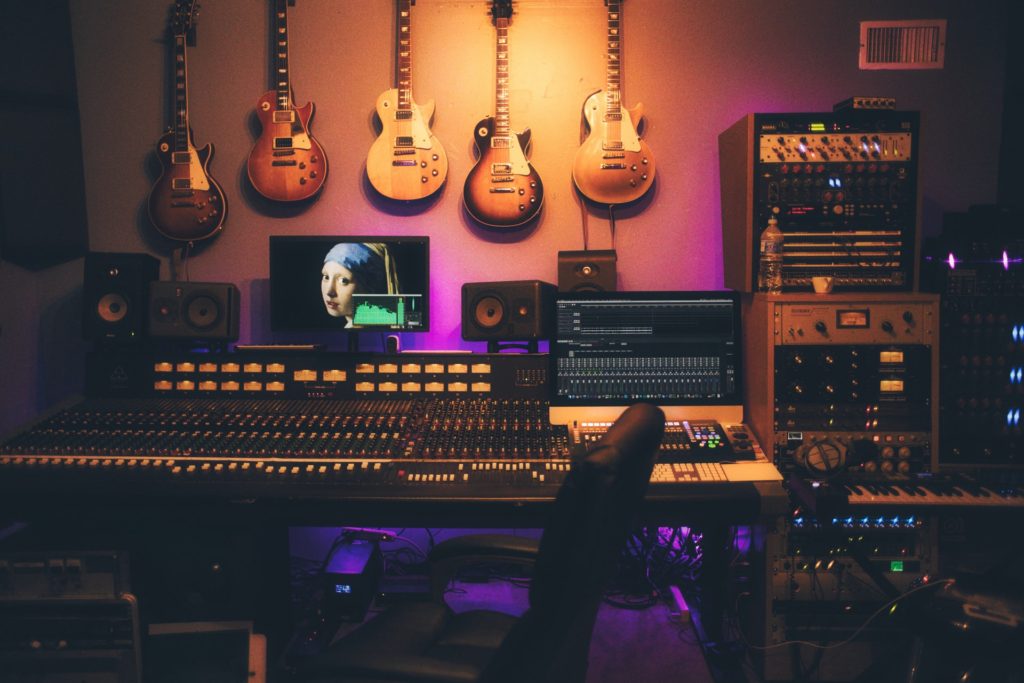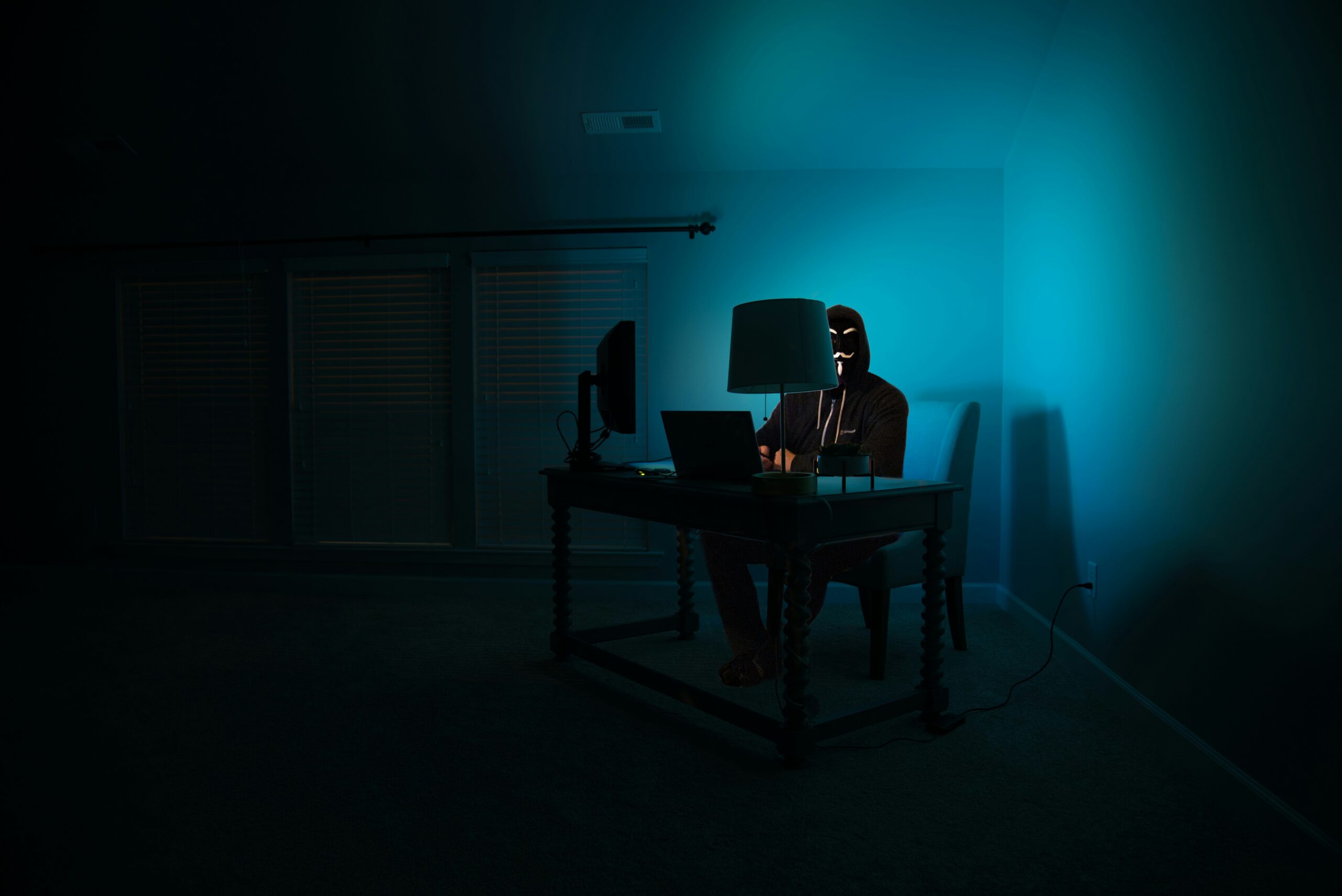
The entertainment industry is known for producing all kinds of art, many of which are original works that inspire future creators to make their own. Often there is a reemergence of trends that come back stronger than it once was, or a retelling of a story that has already been expressed, but is now being told in a different medium. William Shakespeare’s Romeo and Juliet has been retold in movies, plays, and music for over four centuries, with newer works being released to this day, like Taylor Swift’s “Love Story”1 and the second film adaption of the musical West Side Story.2 Many of your favorite works of art have probably been inspired by previous works that have come before it, and although some are in the public domain like Romeo and Juliet and can be used without permission, many of these works have various copyrights and licensing agreements that allow for its use. Sometimes, however, artists do not negotiate and speak with those who have previously told similar stories or expressed their art in a comparable manner because these artists have independently created that work in a way that they thought was their own.3 Two authors can legally create “works that are similar or even identical” and “each work could be registered provided that the authors did not copy expression from each other.”4 Unfortunately, at the same force that movie studios and record labels are pumping out content, they expend just as much energy to legally protect it, and many of these entities are not afraid to get litigious.
With respect to music, songwriters often openly express their musical heroes and who they’ve drawn inspiration from in writing their own lyrics, melodies, and the overall composition of their works.5 Regardless of any professed inspiration, often a songwriter will not get a license from the respective parties, because inspiration does not always mean plagiarism. Furthermore, copyright law does not protect all forms of copying.6 These entities might want a retroactive songwriting credit and a portion of the royalties from the song because they believe that as an artist, they were ripped off. There has been countless litigation in the musical sphere over similarities found in the composition of a musical work, which include lyrics, melody, harmony and rhythm7 (not to be confused with the sound recording of these elements).8 As the circuit courts are finally making sense of their prior precedents and polishing their tests, it is getting harder to win these kinds of lawsuits depending on the degree of similarities found in the two works.9 But, that doesn’t necessarily stop these claims from being filed and litigated.10
Scènes à faire is a legal doctrine that has been used as a defense in countless copyright infringement cases but it has very rarely been cited in opinions regarding music. Even when the defense is brought up, it is often dismissed or not explicitly used in the legal analysis of the courts.11 In the 1942 case, Cain v. Universal Pictures, the California district court made a brief switch from its Latin terminology to fiddle with the French in coining the term “scènes à faire,” which is essentially when a certain plotline within a genre is “inherent in the situation itself.”12 There are certain aspects that are generic to the kind of story telling that is used within a genre. For example, when two characters seek refuge in a church during a storm,13 or when several works set during World War 2 portray Germans at a beer hall saying “Heil Hitler” or singing the national anthem of Germany,14 these kinds of settings, plots, and characters are standard treatment within that genre of work. In Joshua Ets-Hokin v. Skyy Spirits Inc., a vodka photoshoot was called into question when a photographer sued Skyy Vodka for advertisements that he claimed were “substantially similar” to his own photos of the vodka.15 The Ninth Circuit ultimately found that his photos were only entitled to a “thin” protection of copyright.16 If it allowed Ets-Hokin to have a broad copyright protection of a photographic “shot” of vodka, he would ultimately have a monopoly in Skyy Vodka photographs because the range of creative expression was narrow.17 The Court was not willing to stop other photographers from being able to creatively produce a photo of a vodka bottle that might bear similarities to other works.18
If scènes à faire can be used as a defense in books, movies, and photography, why is it so rarely utilized in music? In the 2020 Skidmore case, the Ninth Circuit stated that copyright “does not protect every aspect of a work; ideas, concepts, and common elements are excluded,” and “authors borrow from predecessors’ works to create new ones, so giving exclusive rights to the first author who incorporated an idea, concept, or common element would frustrate the purpose of the copyright law and curtail the creation of new works.”19 The opinion goes on to mention that copyright does not extend to common musical elements that are “firmly rooted in the genre’s tradition” and that “[t]hese building blocks belong in the public domain and cannot be exclusively appropriated by any particular author.”20 Although not explicitly using the term “scènes à faire,” that is exactly what the Court was getting at. In the 2004 Swirsky case, the Ninth Circuit said that scènes à faire did not apply to the songs in question because they belonged to different genres,21 and the commonplace element that the plaintiff claimed22 was only found to be shared by those two songs.23
As of March 2022, the Ninth Circuit had their most recent opinion on music regarding Katy Perry’s “Dark Horse,” where the Court finally acknowledged the doctrine (in less dismissive terms) regarding the protectable elements that may exist in “Joyful Noise,” the song that has been claimed to have been copied by Perry.24 As the Supreme Court has notoriously stated in Feist, “the requisite level of creativity is extremely low; even a slight amount will suffice.”25 As long as you display some level of creativity (and it is original and fixed in a tangible medium of expression),26 you can get a copyright of your work. But, it can be very hard to display creativity in popular music because of the finite number of melodies that are constantly being used by songwriters.27 Often, it’s up to the courts determination along with expert musicologists to argue that two songs that sound similar to the average listener, are not once you look at all of the combined elements of the song.
There are certain musical elements in the composition of a song that are so often used that they are non-copyrightable elements, like “the use of a long-short-long rhythm, chord progressions, certain tempos, a recurring vocal phrase, repeating hook phrases, the alternating emphasis of strong and weak beats, syncopation, the use of tritones or the use of basic musical devices in different manners.”28 The Ninth Circuit in Hudson told the plaintiff suing Perry that the part of their song that they are claiming is original to them in “Joyful Noise,” actually has an unoriginal building block of creativity in it.29 In fact, it’s so commonplace in the sphere of musical composition that it lacks the very minimal level of creativity needed to pass the threshold to even warrant a copyright.30 This is what scènes à faire is all about and hopefully courts will continue to dismiss cases that turn on unoriginal elements so that money, time, and resources can be saved on such frivolous claims. Ed Sheeran, whose music is often subject to litigation, had recently won a lawsuit in the UK over his song “Shape of You.”31 He himself has said that copyright claims based on minor similarities were becoming far too common and is “really damaging to the songwriting industry.”32 Sheeran claims that “[t]here’s only so many notes and very few chords used in pop music. Coincidence is bound to happen if 60,000 songs are being released every day on Spotify.”33 If scènes à faire was utilized more as a defense, there would be no reason to find expert musicologists when the plaintiff is claiming that the defendant is infringing on an element that is inherent in the genre itself. Scènes à faire should be used more readily by the courts, and slowly but surely, they are beginning to.
Michelle Shabat is a Second Year Law Student at the Benjamin N. Cardozo School of Law and a Staff Editor at the Cardozo Arts & Entertainment Law Journal. Michelle is interested in music, copyright, and trademark law.
- See Richard S. He, Taylor Swift’s ‘Love Story’ Re-Recording Gently Reinvents a Modern Classic, Billboard (Feb. 12, 2021), https://www.billboard.com/music/pop/taylor-swift-love-story-rerecording-versions-compared-9525463/ [https://perma.cc/B6H3-7HUC] (“Swift wrote the song of her own accord, changing the tragic ending of Shakespeare’s Romeo & Juliet.”).
- See Alissa Wilkinson, Alex Abad-Santos, & Constance Grady, Why the New West Side Story Works — and One Thing that Doesn’t, Vox (Dec. 10, 2021, 9:00 AM), https://www.vox.com/22820439/west-side-story-review-elgort [https://perma.cc/B3WC-FG36] (“The original film — directed by Jerome Robbins and Robert Wise, with songs from the stage musical composed by Leonard Bernstein and lyrics by a young Stephen Sondheim — is itself an adaptation of Romeo & Juliet, set on the west side of Manhattan. It’s a tragic love story and the tale of two warring gangs.”).
- See Definitions, U.S. Copyright Office, https://www.copyright.gov/help/faq-definitions.html [https://perma.cc/4D7Y-TV3K] (last visited Apr. 10, 2022) (“A work of authorship is in the ‘public domain’ if it is no longer under copyright protection or if it failed to meet the requirements for copyright protection. Works in the public domain may be used freely without the permission of the former copyright owner.”).
- Id. at 8-9.
- See Williams v. Gaye, 895 F.3d 1106, 1117 (9th Cir. 2018) (“Williams and Thicke testified, each acknowledging inspiration from Marvin Gaye and access to ‘Got To Give It Up.’”).
- See 17 U.S.C. § 102(b) (“In no case does copyright protection for an original work of authorship extend to any idea, procedure, process, system, method of operation, concept, principle, or discovery, regardless of the form in which it is described, explained, illustrated, or embodied in such work.”).
- See U.S. Copyright Office, Compendium III: Chapter 800, Works of the Performing Arts 19-20 (Jan. 28, 2021), https://www.copyright.gov/comp3/chap800/ch800-performing-arts.pdf [https://perma.cc/9ZE3-V4UZ].
- If Taylor Swift writes a song, she has a copyright in the musical composition, and if she records the performance of that song she wrote, she would own the copyright in the sound recording too—except her record deal allowed her prior label to own the rights to most of her “masters,” i.e., her sound recordings, i.e., the birth of #TaylorsVersion. See Emilia James, The Music Industry (Taylor’s Version): How Taylor Swift Is Impacting the Music Industry With Her Unprecedented Re-Recordings, MBJ, https://www.thembj.org/2022/03/the-music-industry-taylors-version-how-taylor-swift-is-impacting-the-music-industry-with-her-unprecedented-re-recordings/#:~:text=However%2C%20Swift’s%20major%20success%20with,bargaining%20chip%20to%20increase%20royalties. [https://perma.cc/4D7Y-TV3K] (last visited Apr. 4, 2022).
- See Gray v. Hudson, 28 F.4th 87 (9th Cir. 2022).
- See Ethan Millman, ‘No Shelf Life Now’: The Big Business of Interpolating Old Songs for New Hits, Rolling Stone (Sept. 7, 2021, 2:53 PM), https://www.rollingstone.com/pro/features/olivia-rodrigo-doja-cat-interpolation-music-1220580/ [https://perma.cc/YM82-NGY8] (“A lesser likelihood of winning, of course, won’t completely discourage lawsuits. And other writers more easily getting writers credits on tracks can lead to unfair splits.”).
- See, e.g., Swirsky v. Carey, 376 F.3d 841 (9th Cir. 2004); Skidmore as Tr. for Randy Craig Wolfe Tr. v. Led Zeppelin, 952 F.3d 1051, 1069 (9th Cir.), cert. denied sub nom. Skidmore as Tr. for Randy Craig Wolfe Tr. v. Zeppelin, 141 S. Ct. 453, 208 L. Ed. 2d 145 (2020), reh’g denied, 141 S. Ct. 946, 208 L. Ed. 2d 482 (2020).
- Cain v. Universal Pictures Co., 47 F. Supp. 1013, 1017 (C.D. Cal. 1942).
- See id.
- See Hoehling v. Universal City Studios, Inc., 618 F.2d 972, 979 (2d Cir. 1980).
- See Ets-Hokin v. Skyy Spirits, Inc., 323 F.3d 763 (9th Cir. 2003).
- Id. at 766. (“Though the Ets–Hokin and Skyy photographs are indeed similar, their similarity is inevitable, given the shared concept, or idea, of photographing the Skyy bottle. When we apply the limiting doctrines, subtracting the unoriginal elements, Ets–Hokin is left with only a “thin” copyright, which protects against only virtually identical copying.”).
- See id. (“Skyy’s photographs are not virtually identical to those of Ets–Hokin. Indeed, they differ in as many ways as possible within the constraints of the commercial product shot. The lighting differs; the angles differ; the shadows and highlighting differ, as do the reflections and background. The only constant is the bottle itself. The photographs are therefore not infringing.”).
- See id.
- Skidmore, 952 F.3d at 1069.
- Id.
- See Swirsky v. Carey, 376 F.3d 841, 850 (9th Cir. 2004) (“The evidence does not support the district court’s ruling that the first measure of One is a scene a faire as a matter of law. The songs One and Jolly Good are not in the same relevant ‘field’ of music; One is in the hip-hop/R & B genre and Jolly Good is in the folk music genre. Thus, comparing the first measure of One’ s chorus to the first measure of Jolly Good does not tell the court whether the first measure of One’ s chorus is an indispensable idea within the field of hip-hop/R & B.”).
- See id. (“[E]ven if One and Jolly Good were in the same genre of music, a musical measure cannot be “common-place” by definition if it is shared by only two songs. One and Jolly Good are also written in different time signatures; One is in 4/4 while Jolly Good is in 6/8. Their chord progressions also differ.”).
- See id.
- See Gray v. Hudson, 28 F.4th 87 (9th Cir. 2022) (“Under the scenes a faire doctrine, when certain commonplace expressions are indispensable and naturally associated with the treatment of a given idea, those expressions are treated like ideas and therefore not protected by copyright.”).
- Feist Publications, Inc. v. Rural Tel. Serv. Co., 499 U.S. 340, 111 S. Ct. 1282, 1287, 113 L. Ed. 2d 358 (1991) (“The vast majority of works make the grade quite easily, as they possess some creative spark, ‘no matter how crude, humble or obvious’ it might be.”).
- See 17 U.S.C. § 102(a).
- See Alexis C. Madrigal, The Hard Drive With 68 Billion Melodies, The Atlantic (Feb 26, 2020), https://www.theatlantic.com/technology/archive/2020/02/whats-the-point-of-writing-every-possible-melody/607120/ [https://perma.cc/L6MT-3Z6J].
- Gray v. Perry, 2020 WL 1275221, *5 n.1 (C.D. Cal. 2020).
- See Hudson, 28 F.4th at 87.
- Id.
- See Bill Donahue & Richard Smirke, Ed Sheeran Wins UK Copyright Case Over ‘Shape of You’, Billboard (Apr. 6, 2022), https://www.billboard.com/business/legal/ed-sheeran-wins-uk-copyright-case-shape-of-you-1235055890/ [https://perma.cc/EU5T-RXGB].
- Id.
- Id.



